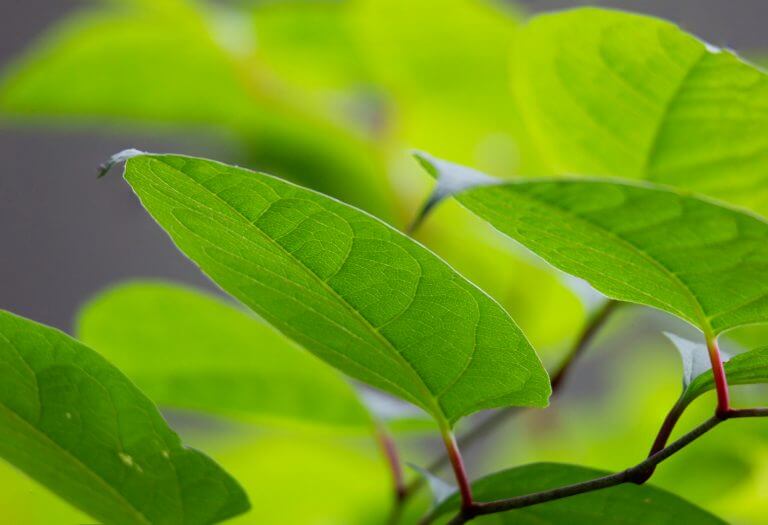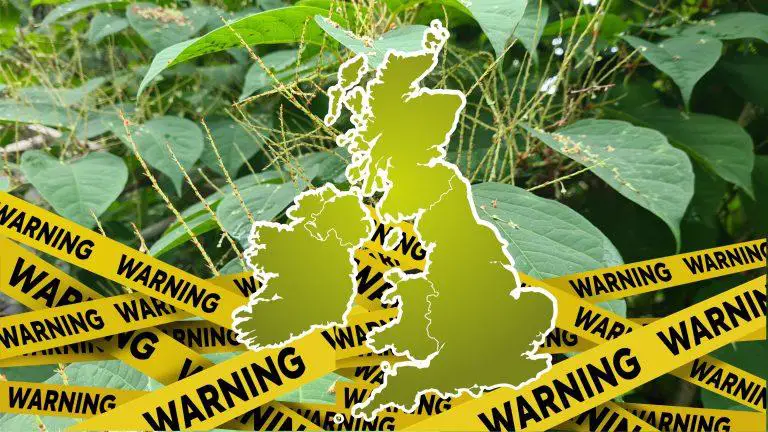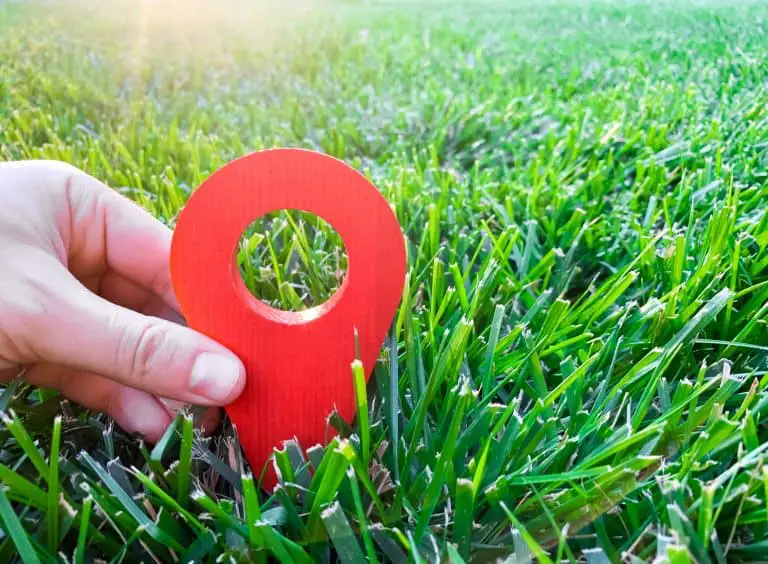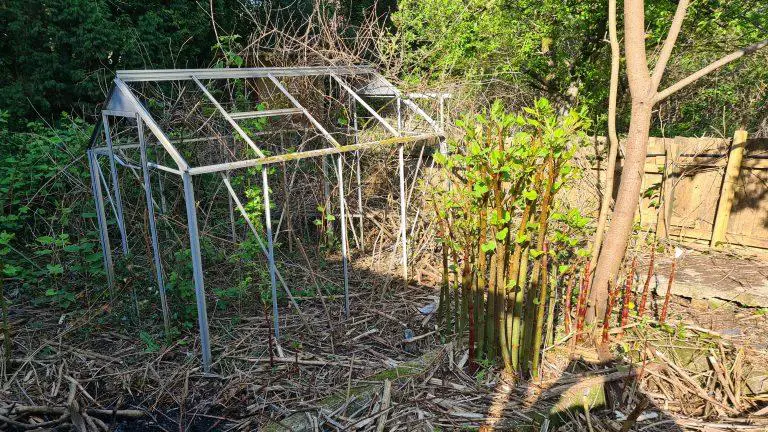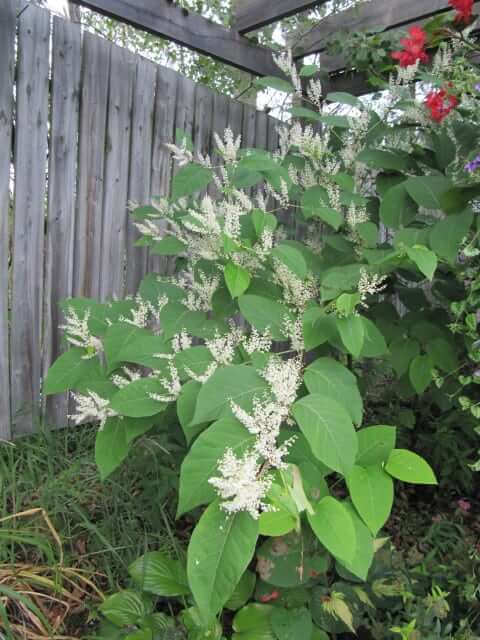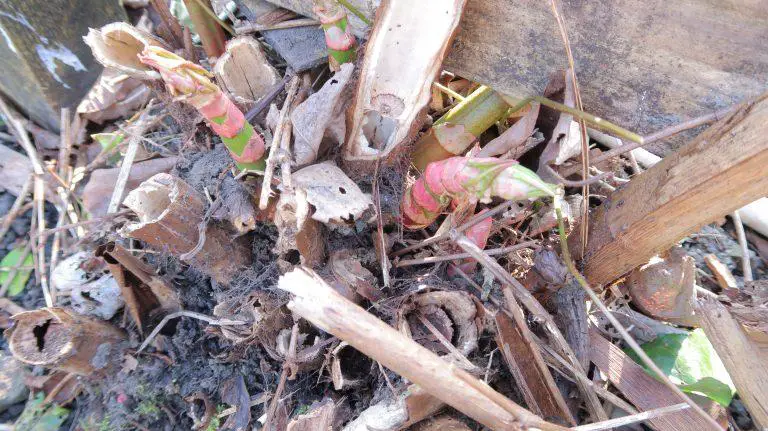Japanese Knotweed is an invasive plant species that can cause significant damage to properties and the environment. The plant is notoriously difficult to eradicate, which is why it is essential to understand the typical costs of Japanese Knotweed removal.
In this article, we will explore the various costs associated with removing Japanese Knotweed and provide insights on how to manage the expenses.
According to a study by the Property Care Association, Japanese Knotweed can reduce the value of a property by up to 10%.
Property Care Association
Understanding the threat of Japanese Knotweed
The cost of Japanese Knotweed removal will depend on the size and condition of the infestation. Smaller infestations may be able to be managed without professional help, while larger ones are likely to require specialist treatment or excavation services. This can come with significant costs, as professional contractors and equipment may need to be hired in order to effectively remove the plant.
In addition to the cost of professional services and equipment, there may also be associated costs related to repairing any damage caused by Japanese Knotweed. This could include replacing foundational walls, driveways, or paving that has been damaged by the roots. The cost of these repairs will vary depending on the extent of the damage and what needs to be done.
Finally, the cost of Japanese Knotweed removal could also include the cost of disposing of the plant matter. Depending on where you live and local regulations, disposal may have to be handled by a licensed contractor or other professional service provider and can come with additional fees.
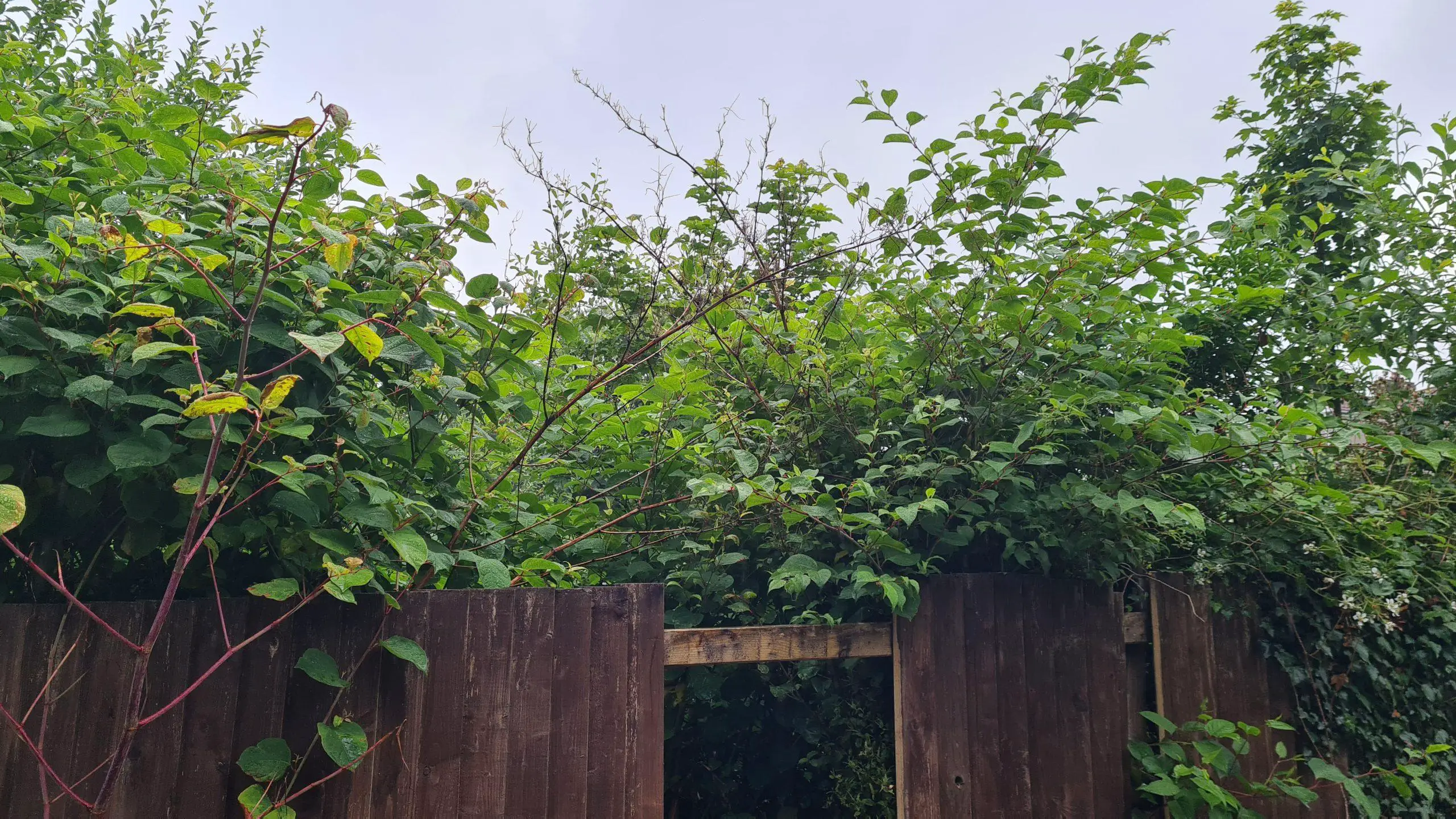
Managing Japanese Knotweed costs
In order to minimize the cost of Japanese Knotweed removal, it is essential to identify and address the problem as soon as possible. The longer an infestation goes unchecked, the more difficult and expensive it will be to remove. Therefore, it’s important to take a proactive approach when trying to tackle Japanese Knotweed on your property.
It’s also important to be aware of your legal responsibilities when it comes to Japanese Knotweed. Many states and municipalities have laws that require homeowners to take action if they discover Japanese Knotweed on their property. Knowing these laws is essential in order to avoid potential fines or other penalties for not taking the necessary steps to tackle the infestation.
Finally, it’s important to do your research before hiring a contractor or service provider to help with Japanese Knotweed removal. Make sure you compare several companies and get quotes in order to ensure that you are getting the best value for your money.

Understanding the threat of Japanese Knotweed
Japanese Knotweed (Fallopia japonica) is an invasive plant species that has become a major threat to the environment and economy of many countries. Native to East Asia, this highly adaptive plant can survive in almost any climate and has been spreading rapidly throughout Europe, North America, and other parts of the world. Japanese knotweed can outcompete native plants for resources such as light, water and nutrients; it also reduces biodiversity by displacing native species.
Additionally, its deep roots can damage buildings or infrastructure such as roads and sewers if left unchecked. To make matters worse, controlling Japanese Knotweed is difficult due to its ability to grow back from even small pieces of root material or stem fragments left in the soil after removal attempts.
Understanding how this invader works is essential for effective management strategies that will help prevent the further spread of this dangerous weed.
Japanese Knotweed is a perennial plant with hollow stems and small white flowers that grow in clusters at the ends of the stems. It can reach heights of up to 3 meters and spreads through its root system or rhizomes which can spread over 6m in any direction underground as well as above ground. The roots are very hardy and can survive in a variety of soils and climates, meaning they can spread rapidly if left unchecked.
Due to its potential threat to the environment and infrastructure, Japanese Knotweed is illegal to plant or cause to grow without permission in some countries such as the UK. Knowing how to identify this invader is essential for controlling its spread, so be sure to familiarize yourself with the characteristics of Japanese Knotweed before attempting to remove it from your property.
If you suspect that you have a Japanese Knotweed infestation, consult an expert or contact your local authority as soon as possible. With proper identification and control measures, it is possible to prevent the further spread of this dangerous invader and protect our environment.
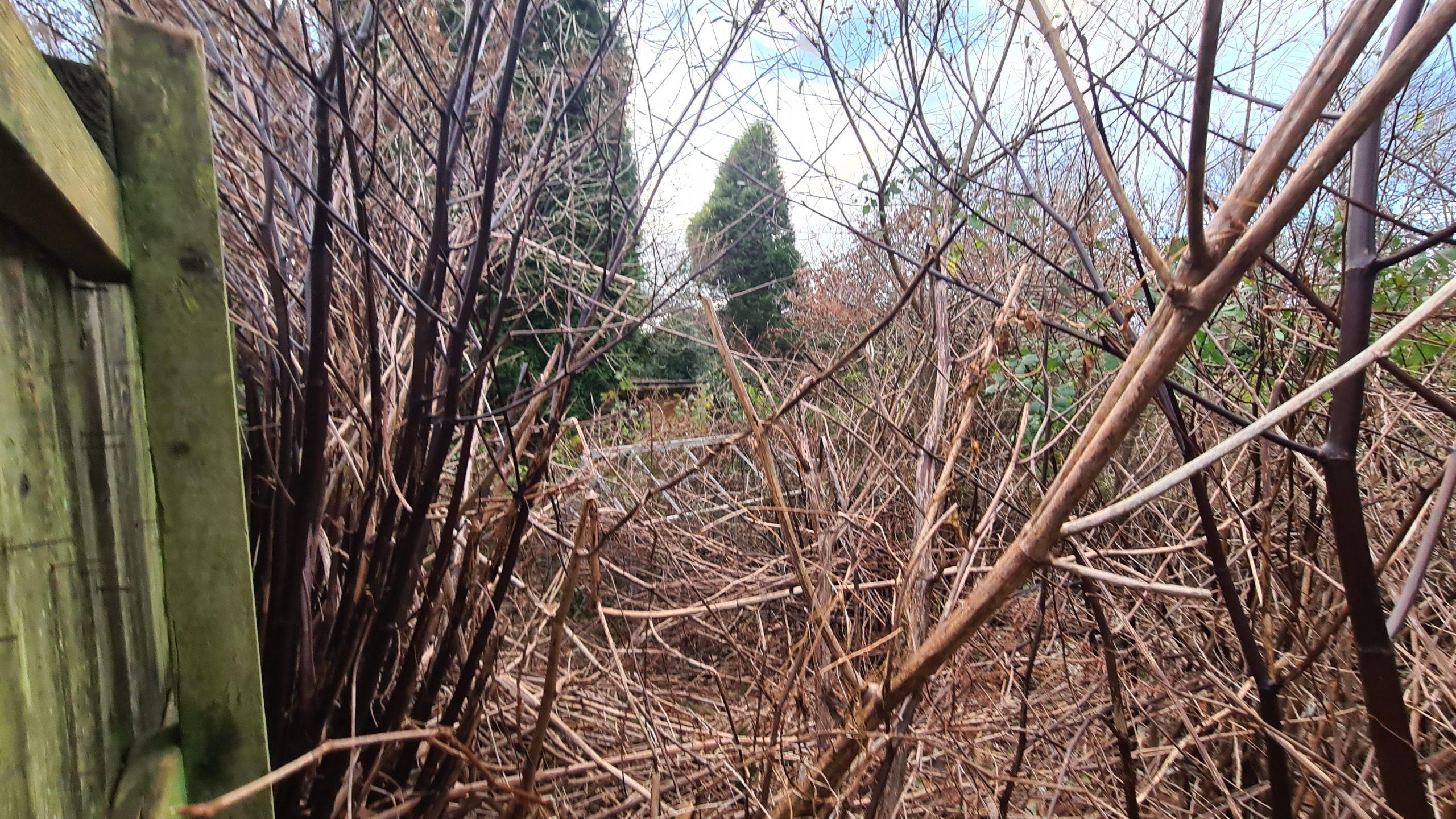
Factors that influence the cost of Japanese Knotweed removal
Removing Japanese knotweed can be a costly and labour-intensive process, but there are several factors that influence the cost of Japanese Knotweed removal. These include the size of the infestation, how long it has been growing on your property, the accessibility of the area where it’s located and whether or not you require professional help for its removal. Knowing these factors will help you better understand what may need to be done in order to successfully remove Japanese Knotweed from your property.
Size of Infestation: The size of the Japanese Knotweed infestation is one of the most significant factors when it comes to cost. Smaller infestations are generally easier and less expensive to treat, whereas larger ones can require more time and resources. If the knotweed has spread to a large area, it may involve excavating large sections of the land, which would be more costly.
Time Growing on Property: The longer Japanese Knotweed has been growing on your property, the more expensive it may be to remove. This is because knotweed can spread quickly if not treated properly, and an untreated infestation can cause significant damage to surrounding structures or other plants in the area. The longer it has been growing, the more invasive and costly the removal could be.
Accessibility of Area: Accessibility can also affect the cost of Japanese Knotweed removal. If the knotweed is located in a hard-to-reach area, such as under a building or at the back of your property, then it may require specialized tools or machinery to get at it, which can increase the cost of removal.
Professional Help: Hiring a professional to remove Japanese Knotweed is another factor that could influence the cost. Professionals are experienced in treating knotweed and have access to specialized tools and equipment that can help make the process more efficient. They also know how to properly dispose of the knotweed and can help ensure that it won’t return. However, this will add to the cost of Japanese Knotweed removal.
Overall, there are many factors that influence the cost of Japanese Knotweed removal, so it is important to consider all of these before starting the process. By taking these into account and discussing your options with a professional, you can get a better idea of what will be required to successfully remove the knotweed from your property.
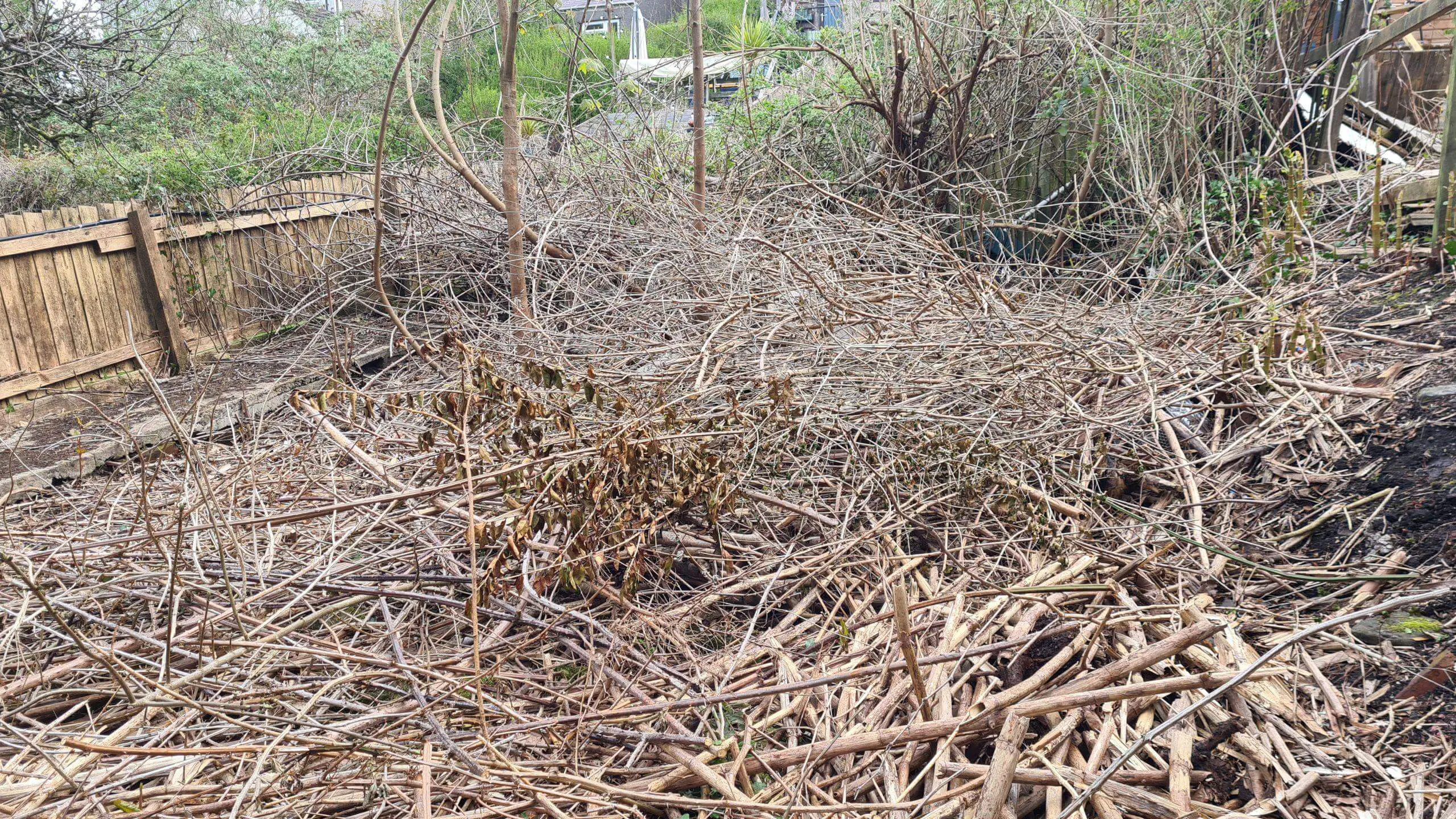
The typical cost of Japanese Knotweed removal
Japanese Knotweed is an invasive species that can cause serious damage to property if it’s not removed correctly. It can spread quickly, and the cost of removal can be high depending on how extensive the infestation is. The typical cost of Japanese Knotweed removal ranges from £1000 – £10,000 or more depending on a number of factors such as the size and location of the infestation, as well as any additional costs associated with removing contaminated soil.
Professional contractors are typically required for large-scale removals in order to ensure that all traces of the plant have been eliminated. In some cases, insurance may cover part or all of these costs; however, it’s important to read your policy carefully and contact your insurer before taking any action.
Once the removal has been completed, it’s essential to monitor the area for any new signs of infestation. If left untreated, Japanese Knotweed can quickly spread and cause further damage. Therefore, it’s important to stay vigilant and act quickly if any new growth is noticed. Regularly inspecting your property, especially in areas known to be prone to infestations, can help catch any new growth before it becomes a serious problem.
Overall, although the cost of Japanese Knotweed removal can be expensive, taking action as soon as possible is essential in order to prevent further damage and expense. Regularly monitoring your property for signs of infestation can help you avoid costly removals in the future.
The best way to ensure that you are protected from expensive Japanese Knotweed removal costs is to be proactive and identify any potential infestations before they become serious problems. If you have noticed any signs of Japanese Knotweed on your property, such as an area of ground that has purple-green leaves, then contact a professional contractor immediately to discuss your options.
Professional contractors will be able to advise on the best course of action and help ensure that you are protected from any potential damage or costs associated with Japanese Knotweed removal.
It is also important to remember that even if you have had the infestation removed, it is important to keep an eye on the area for any potential re-growth. Regularly inspecting your property can help you identify any new growth before it becomes a serious problem.
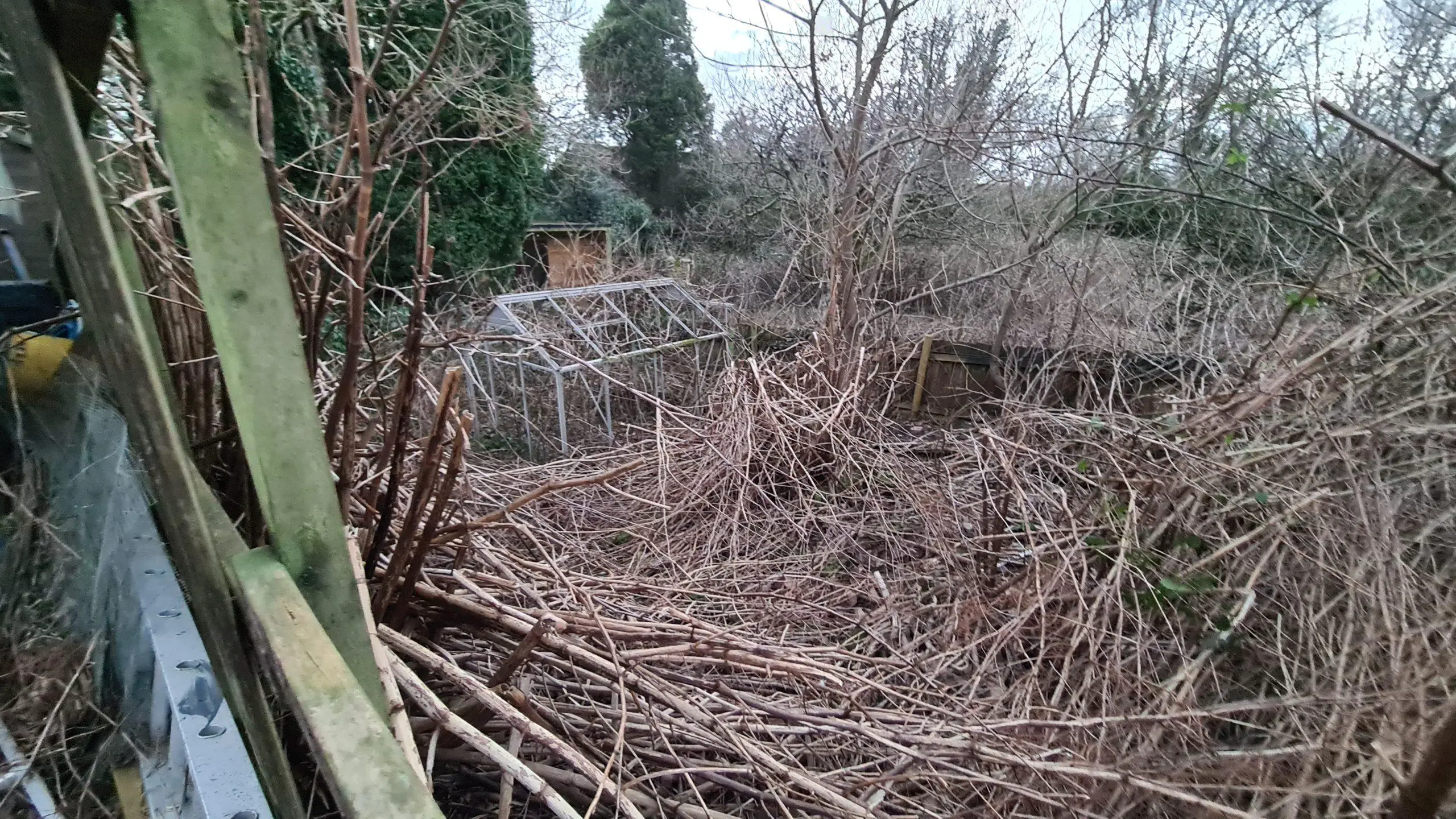
DIY vs. Professional Japanese Knotweed Removal: Which is more cost-effective?
When it comes to dealing with Japanese Knotweed, the question of whether to DIY or use a professional removal service often arises. Although it is tempting to take on such a project yourself, there are several factors that make professional removal services more cost-effective in the long run.
Professional Japanese knotweed removal services understand all of the necessary steps and methods for eradicating the plant, and they have access to specialized products that are designed to safely and effectively eliminate Japanese knotweed.
Additionally, professional services will be able to provide long-term monitoring of the area, ensuring that any new growths of Japanese knotweed are quickly dealt with before they can spread further. This is something that many DIYers may not be able to provide, making it a much wiser option in the long run. Overall, choosing a professional Japanese knotweed removal service is the most cost-effective way of dealing with this plant.
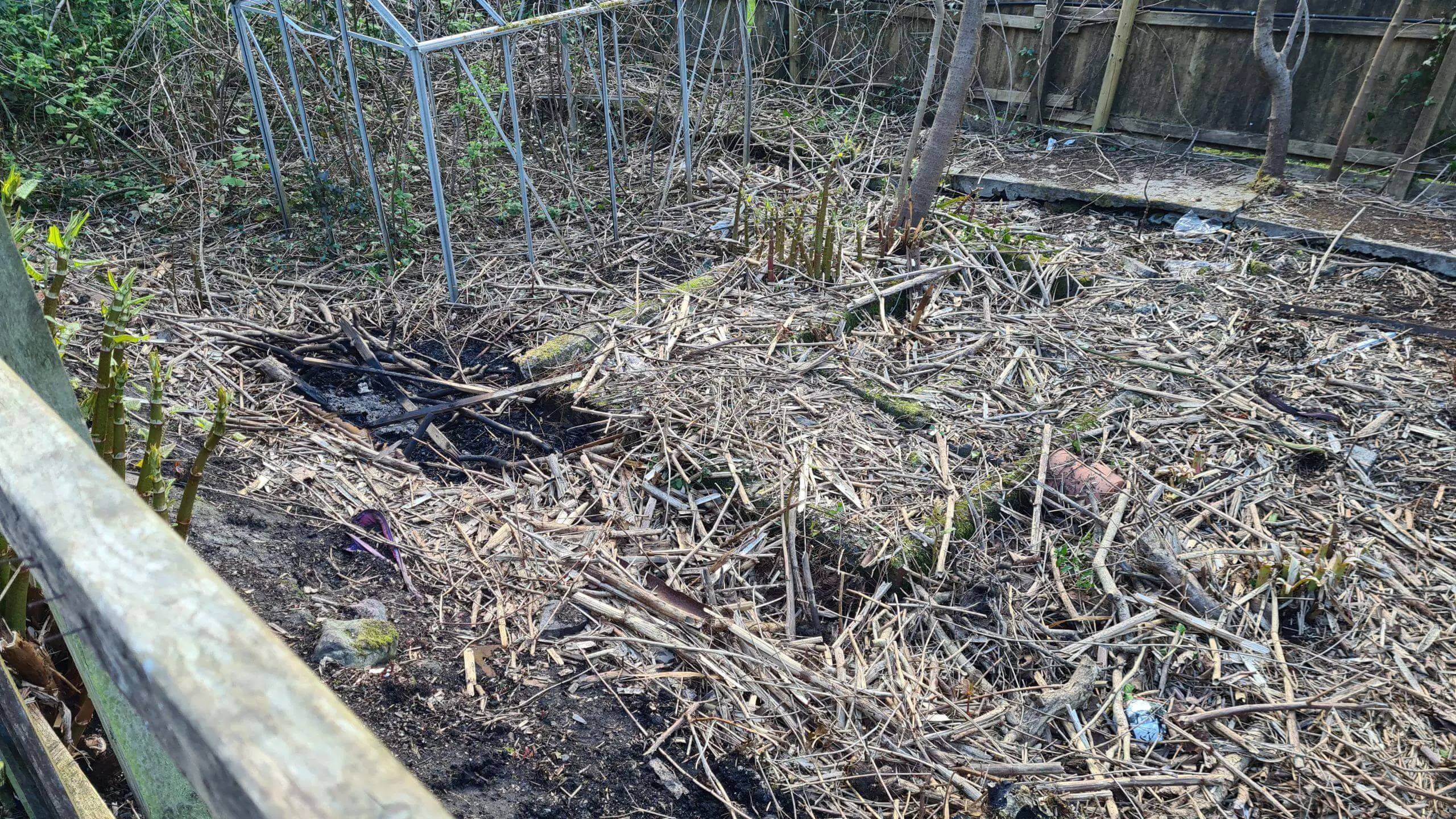
The cost of not removing Japanese Knotweed
Japanese Knotweed is a highly invasive plant that has caused severe damage to many properties throughout the world. It spreads quickly and can be difficult to remove, making it an expensive problem for property owners. The cost of not removing this weed can be significant, as it may cause structural damage and devalue the property if left unchecked.
In addition, failure to eradicate Japanese Knotweed could result in legal action or fines from local authorities due to its status as an invasive species. Therefore, dealing with this issue promptly and correctly is essential in order to avoid costly problems down the line.
It is important to note that Japanese Knotweed should be treated with caution by property owners, as it can spread rapidly. Attempting to remove the weed without professional knowledge and help may lead to the further spread of the plant, making the problem worse.
Therefore, it is advisable to seek out a specialist in this area who will be able to effectively and safely remove the weed from your property. Doing so will ensure that you are protected from any future damages and costs associated with this invasive species.
Preventing the Spread of Japanese Knotweed: An affordable solution
Japanese Knotweed is an invasive species that has been wreaking havoc on ecosystems around the world. It’s fast-growing and can quickly take over large areas, making it difficult to control or remove. It also has a deep root system which makes it nearly impossible to eradicate without professional help.
Unfortunately, this type of assistance can be very expensive – too expensive for many people and organizations who need to get rid of Japanese Knotweed from their properties. Fortunately, there are ways to prevent the spread of Japanese Knotweed in an affordable way.
One of the most effective methods is to create a physical barrier between your property and any other areas where Japanese Knotweed could spread. This can be done by using plastic, metal or wooden barriers around the perimeter of your property. The key is to make sure they are installed correctly and not allow any part of the plant to touch any part of the barrier. This will create a physical block that prevents Japanese Knotweed from spreading any further onto your property.
Another way to prevent the spread of Japanese Knotweed is to take steps to stop it before it becomes an issue. If you notice any signs of growth on your property, take action immediately by digging up and removing any affected areas as soon as possible. If you can’t do this yourself, make sure to hire a professional who is experienced in removing Japanese Knotweed.
Finally, regularly check your property for any signs of Japanese Knotweed growth and take steps to remove it right away if you find any. This proactive approach will help keep your property free from the invasive plant, saving you time and money in the long run.
By following these simple steps, you can prevent the spread of Japanese Knotweed in a cost-effective way without having to shell out lots of money for professional help. Taking action now can save you time and money down the road. So take control of your property today and keep Japanese Knotweed at bay.
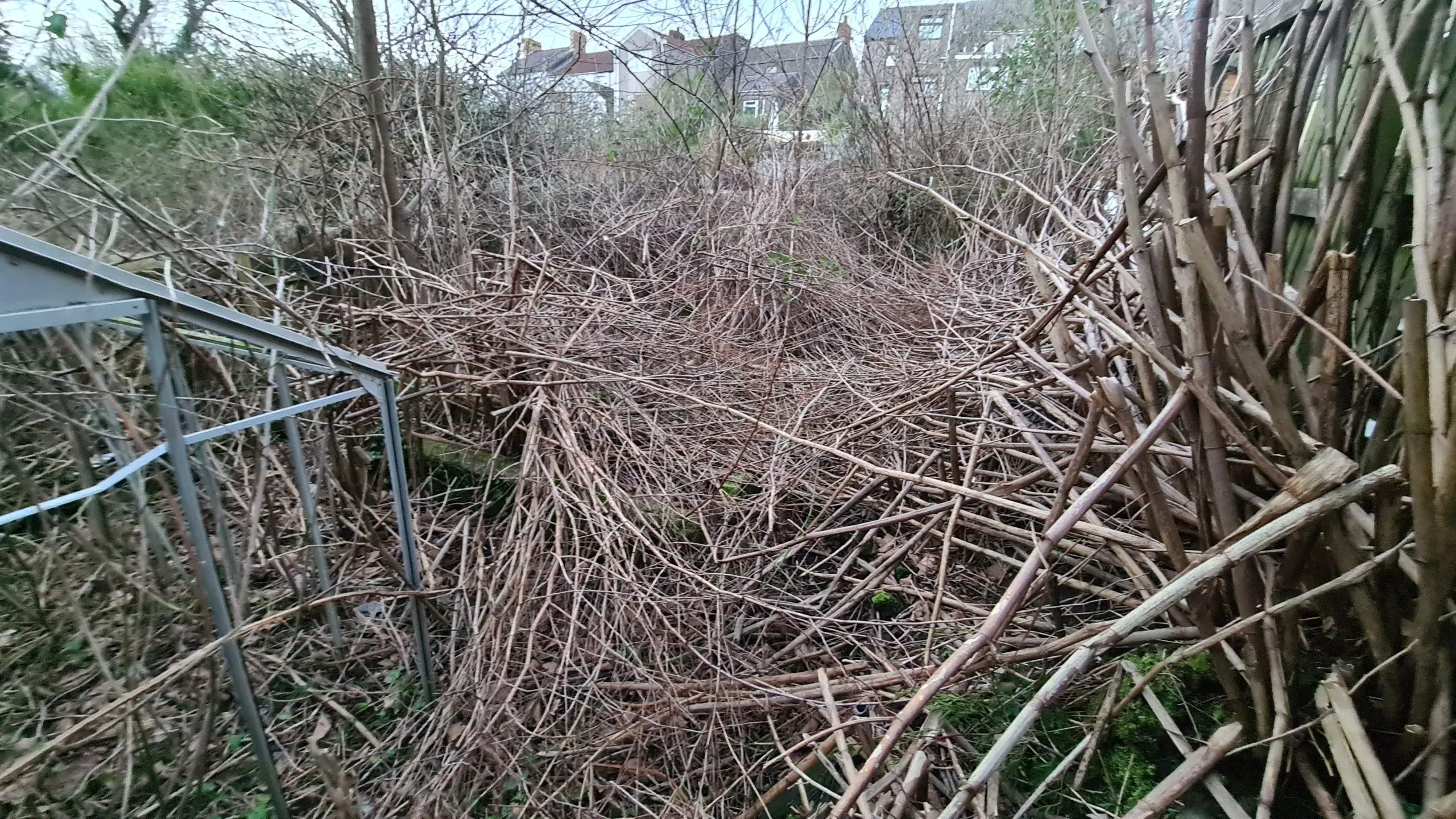
The importance of acting fast
Japanese knotweed is a highly invasive species that can cause serious damage to the environment and infrastructure if left unchecked. It spreads rapidly, making it difficult to control, so acting quickly is essential for effective removal.
Once established, Japanese knotweed can grow up to three metres in height and its extensive root system can penetrate deep into walls or foundations causing significant structural damage. Its dense foliage also blocks light from other plants and trees, leading to further environmental destruction. To prevent this from happening, it’s important to act fast when dealing with Japanese knotweed infestations in order to contain the spread before it causes too much damage.
Efficient Japanese knotweed removal requires a multi-pronged approach including physical, chemical and cultural methods. Physical removal involves digging up the plant and its root system to ensure that no fragments are left behind which could lead to re-growth. Chemical treatments involve applying specific herbicides to kill the existing plants and prevent new shoots from growing. Cultural methods such as regular mowing and grazing can also help to contain the spread.
As well as taking action quickly, it’s important to make sure that any Japanese knotweed removal is completed correctly. Poorly managed control methods can lead to further infestations and even criminal prosecution if the plant spreads into neighbouring properties. Professional contractors should be consulted to ensure that the most appropriate and effective course of action is taken.
In summary, it’s essential to act quickly when dealing with Japanese knotweed in order to contain its spread before it causes serious damage. Appropriate physical, chemical and cultural methods should be used for removal and professional help should be sought to ensure that the job is done correctly. Timely action will go a long way in preventing environmental destruction caused by this invasive species.
Final thoughts
As we have seen, Japanese Knotweed removal can be a costly endeavour, but it is necessary to prevent the spread of this invasive plant species. If you have Japanese Knotweed on your property, act fast and seek professional help to manage the situation. Remember, prevention is always better than cure, so make sure to take measures to prevent the spread of Japanese Knotweed. By working together, we can combat this invasive species and protect our environment.
The cost of Japanese Knotweed removal can vary depending on the size of the infestation and what needs to be done. In addition to hiring professional help, there may also be costs associated with repairing any damage caused by Japanese Knotweed, as well as fees related to disposal. To minimize expenses, it’s important to take a proactive approach and understand your legal responsibilities when it comes to tackling the problem.
Finally, it’s essential to thoroughly research contractors and service providers before making a decision.
By understanding the costs associated with Japanese Knotweed removal and taking the appropriate steps, you can protect your property from costly damage and manage expenses in the process.

